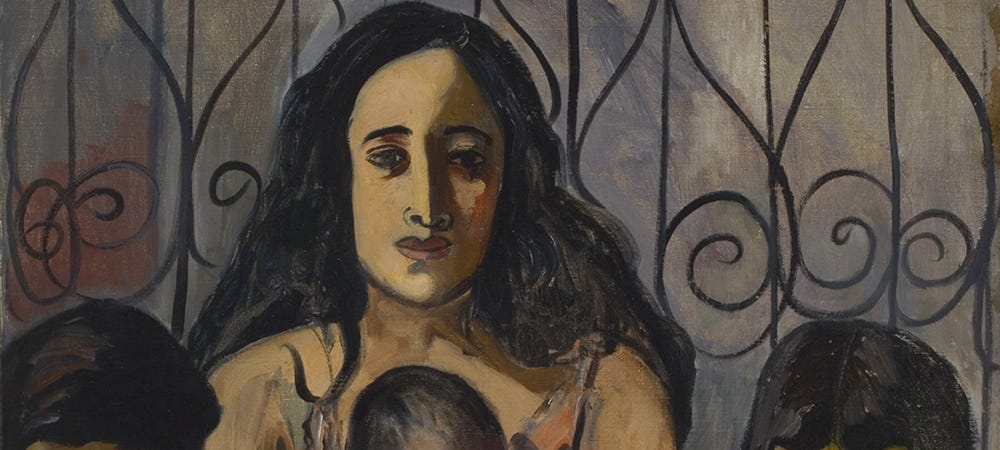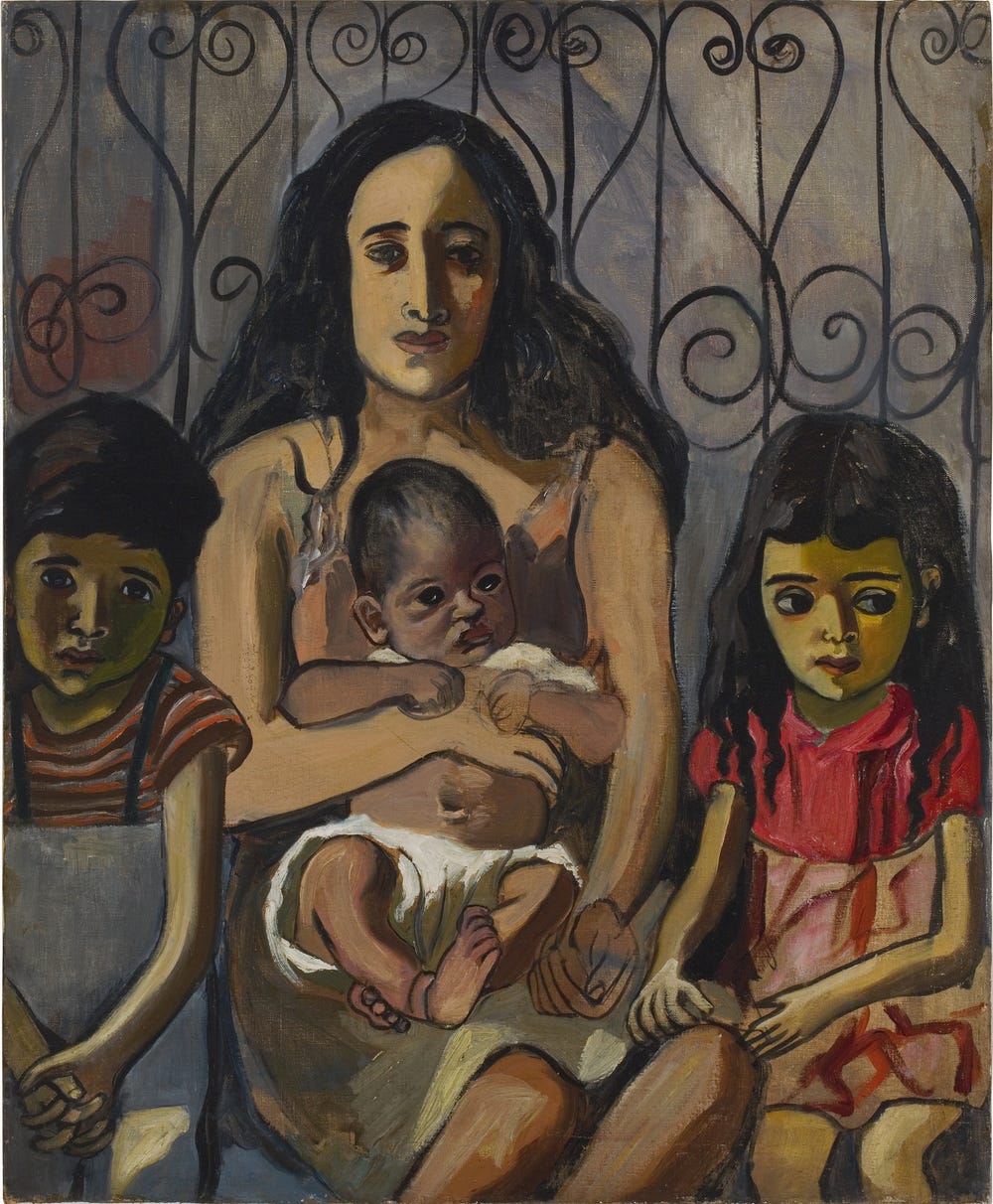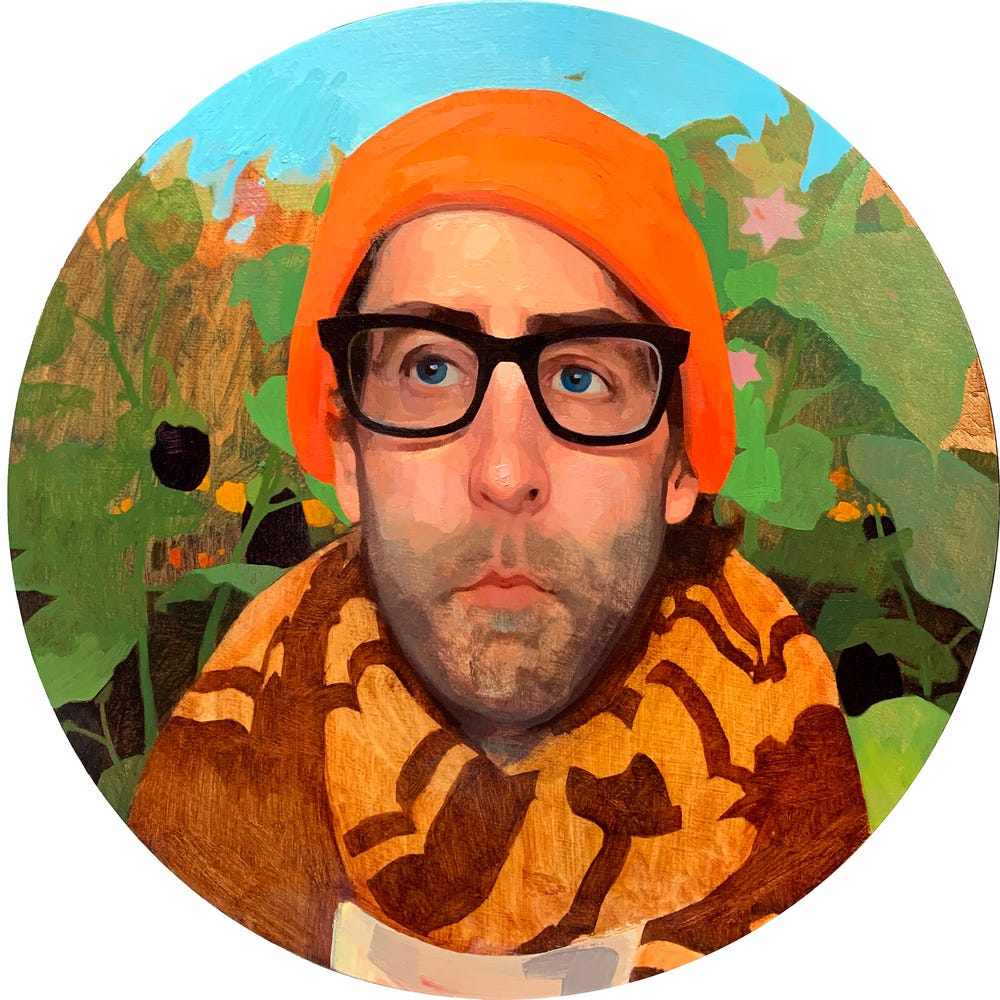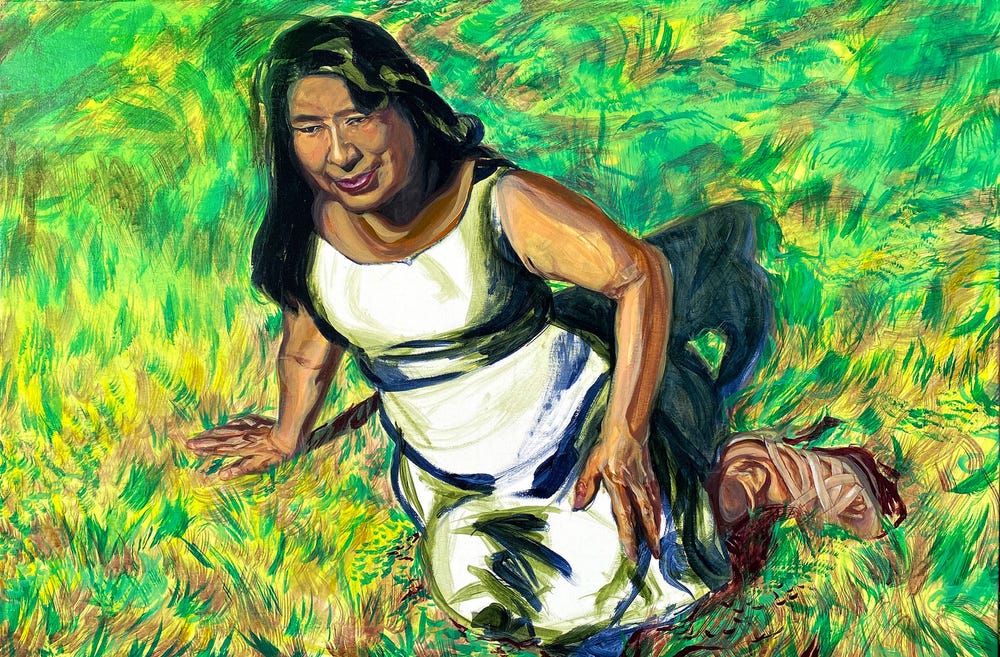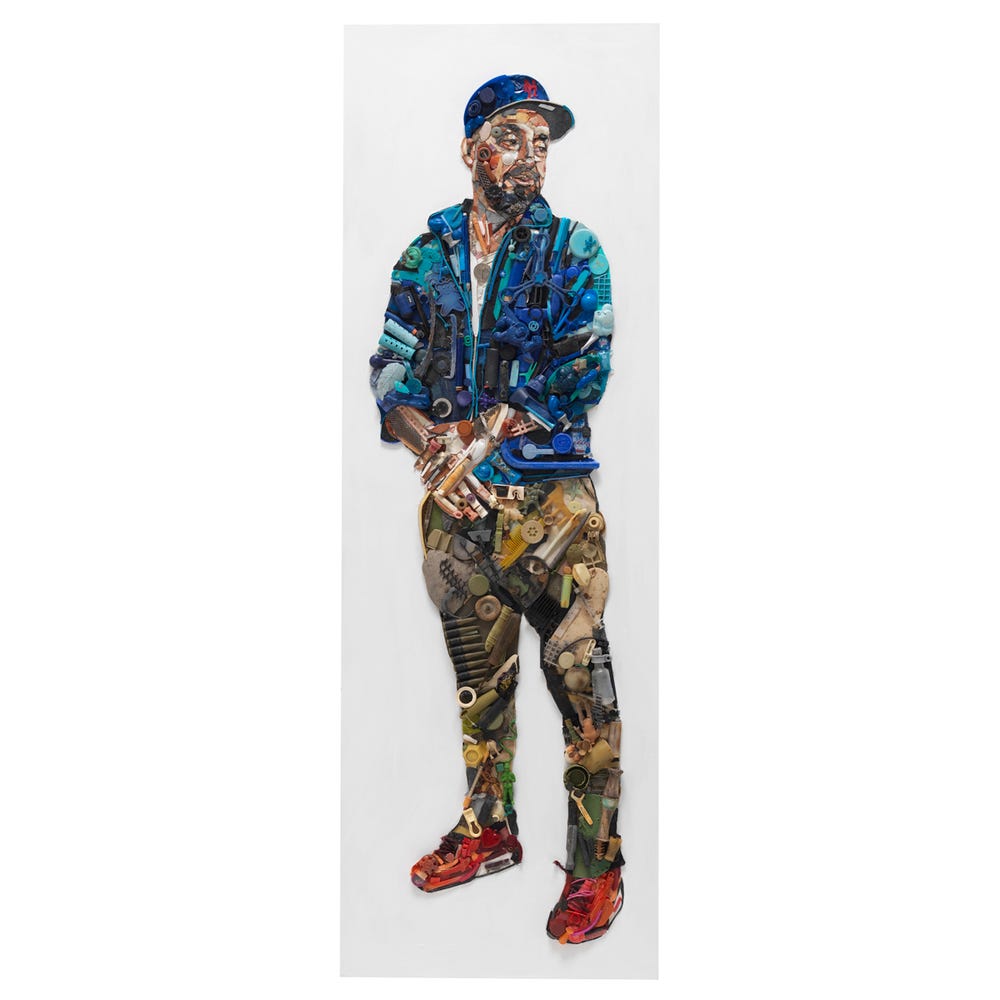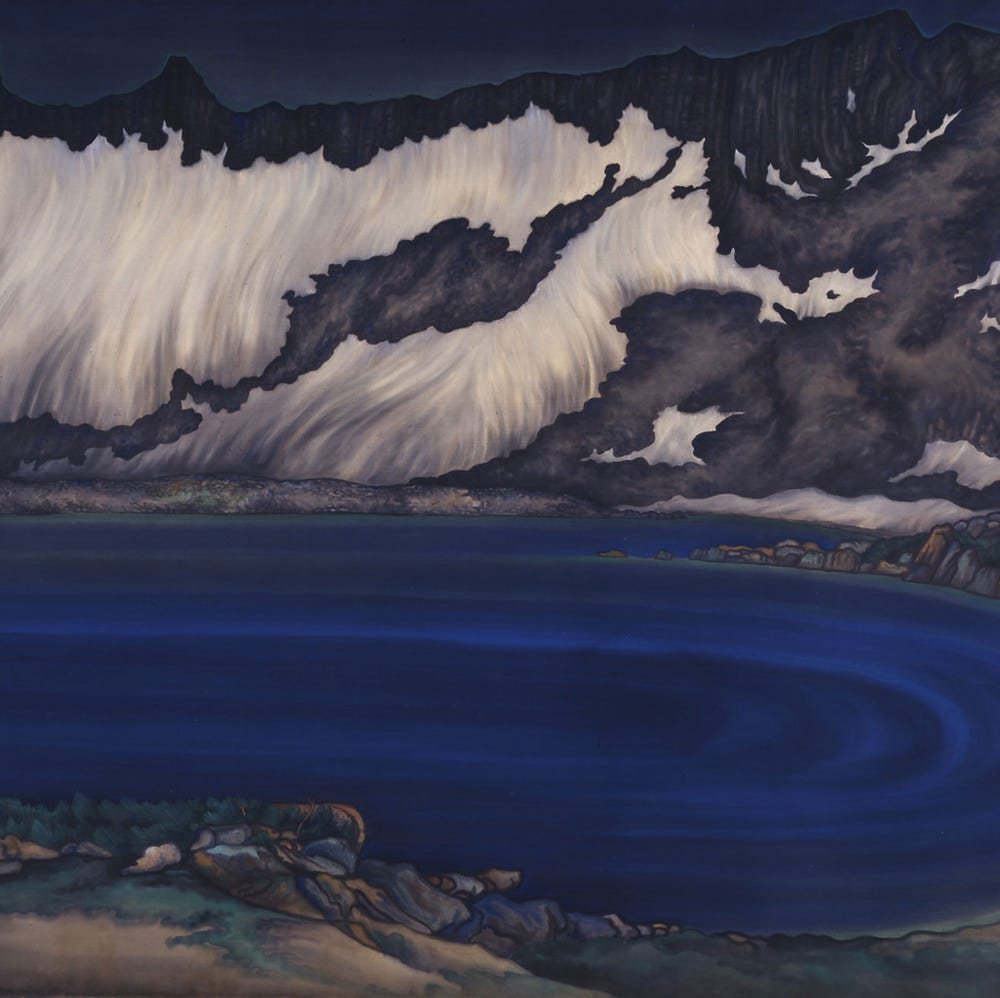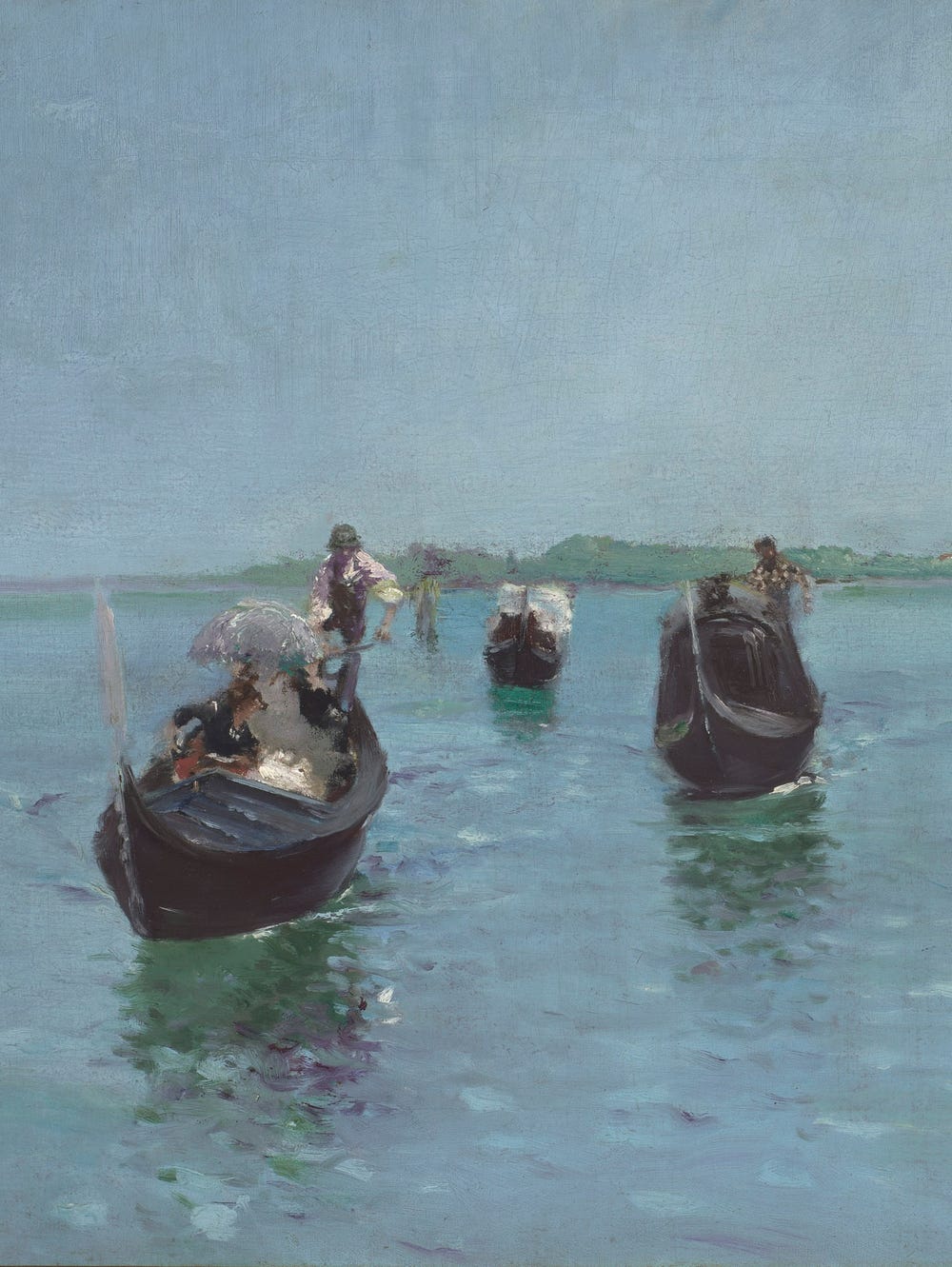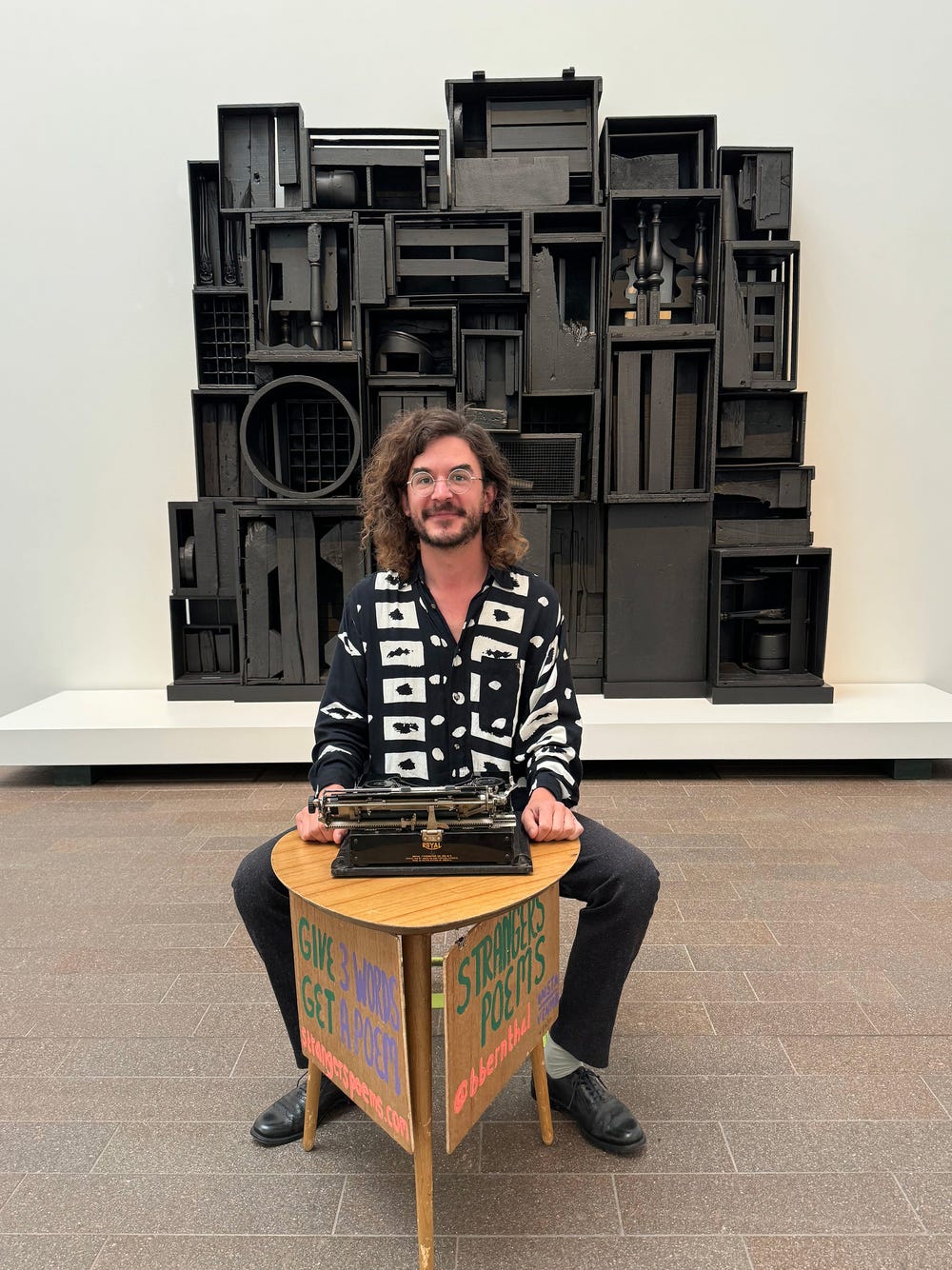“For me, people come first,” said Alice Neel. “I have tried to assert the dignity and eternal importance of the human being.” It is from this quote that the retrospective Alice Neel: People Come First takes its title. Neel preferred to call her artworks “pictures of people,” finding the term “portraits” to be elitist. In them, she depicted her neighbors in Spanish Harlem, queer cultural figures, salesmen, activists, and mothers — making space for those not often given a voice in society or art. In celebration of the retrospective’s debut in San Francisco, we invited Bay Area figurative artists to share their own “pictures of people” and what the pictures, and sitters, mean to them.
Alice Neel, The Spanish Family, 1943. Oil on canvas, Frame: 36 7/8 x 30 7/8 x 2 in. (93.7 x 78.4 x 5.1 cm) 34 x 28 in. (86.4 x 71.1 cm). © The Estate of Alice Neel. Courtesy The Estate of Alice Neel and David Zwirner
Felicia Forte, Matthew, Last Portrait 2019 & 2022
“This is the last of many portraits I painted of my former partner Matthew. We were together for six years, and he loved to be painted. This was begun in 2019 at the beginning of the end of our relationship. I combined [a] reference of him in fall with that of my garden in the spring, subconsciously willing growth. I put [in] extra care and detail, and though I tried my best, the relationship and the painting stalled. Recently, in what is undoubtedly a new phase of life for me, I found this painting 95 percent finished in my studio. I gave myself just a couple hours before dinner to finish it and no more. Things can be finished but not forgotten.”
Felicia Forte, Matthew, Last Portrait 2019 & 2022, 2019 and 2022. Oil on wood, 16 in. (40.6 cm) round
Lorena Diosdado, Mami
“Much like Alice Neel ‘like[d] to paint people that have been ruined by the rat race in New York City,’ I love to paint people who are enduring late stage capitalism, always in a lurch, and living their lives the best they can manage at that point in time. How can you feel alienated when everyone is on the same sinking ship as you are, trying to do the best that they can with the socioeconomic obstacles so callously placed in their way?
“My mom is but one example of the systemic playing out in the lives of individual people captured in a moment in time. My mom had a full life long before she met my dad, long before she immigrated to the USA, and long before she had children and was measured by the checklist of proper woman, immigrant, and worker. Nonetheless, after looking at a person for so long, you see their bare selves come through and there are moments of deep spiritual connection because, in spite of our sociopolitical and economic landscape doing its best to squeeze us, we are still full of so much life, hope, and determination.”
Lorena Diosdado, Mami, 2022. Acrylic on canvas, 24 x 36 x 1/2 in. (61 x 91.4 x 1.3 cm)
Tess Felix, Bessem
“Alice Neel took pleasure in the people she painted. She saw deeply the dramas of their lives, the passions, the pretensions, the real, the sad, the humor, and the passions of life. When I look at Alice Neel’s paintings, I can relate to her as a portrait artist that enjoys getting to know people through the act of art making.
“I aim to capture the spirit of my subjects, as Alice Neel does, with the intention of conveying clues as to who they might be. My hope is to spark the imagination of the viewer to feel compelled to linger awhile and wonder about the sitter.
“What inspired me to make this work is my fascination with people. I’m currently working on a series of almost life-size portraits of friends, acquaintances, and strangers. . . . My medium is ocean plastic that has been collected off of beaches and shorelines. . . . This particular piece, Bessem, is based on a man I met while visiting London. I was invited to participate in a pop-up art show fundraiser to raise money for the nonprofit Project 0, whose mission is to save the oceans. Bessem and I were assigned a task together to create an installation. Working together posed an opportunity to communicate with a total stranger on a project and see it through to fruition. In the process we formed a friendship despite the fact that we were vastly different in every way. Bessem possessed a certain style and demeanor that I wanted to capture in a portrait. There are clues to his personality in some of the items chosen.”
Tess Felix, Bessem, 2018. Sculptural relief (assemblage), 72 x 24 x 2 in. (182.9 x 61 x 5.1 cm)
Do you have your own creative “pictures of people”? Or are you inspired to make some? Share them with us, and we’ll share them with our community. We welcome submissions from all ages, in any medium, including drawings, paintings, photographs, and more. Why and how did you choose to represent this person? How did making the picture help you to better understand this person or your relationship to them? Submit your pictures during the run of the exhibition, and we’ll add them to our web gallery. You may even see your creation on-screen at the de Young.
Text by Magnolia Molcan, web managing editor, and Jill McLennan, teaching artist, with contributions from artists Felicia Forte, Lorena Diosdado, and Tess Felix.
Learn more about the work of Felicia Forte, Lorena Diosdado, and Tess Felix.
Alice Neel: People Come First is on view at the de Young March 12, 2022 through July 10, 2022.
